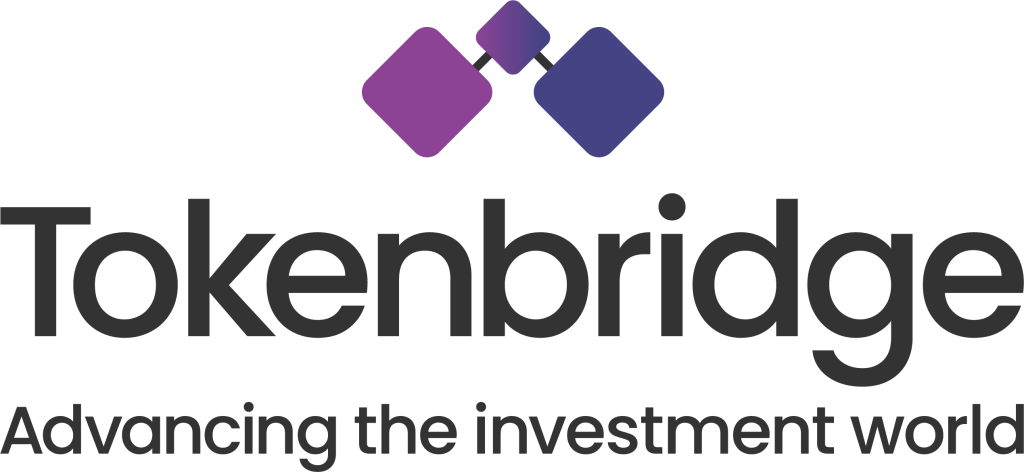
Guides The Investment Lifecycle

Introduction
The investment lifecycle today is largely manual with numerous hand-offs, information transfers, and reconciliation between participants with multiple points of potential failure. It’s a cumbersome and rigid process: sequential, with no short cuts. It’s inefficient and slow. Worse, each party involved takes a fee. That’s bad news for the investor and bad news for the fund manager. Tokenization changes all of that.
The investment lifecycle – complex, expensive and time-consuming
Investing in a mutual fund can be complex, expensive and time-consuming. The investor completes a subscription, backed up by an application form. Trustees must assess suitability by completing AML and KYC checks. Other participants include the depository, the custodian, the transfer agent, the fund manager, and the wealth manager – and every party must be paid – with multiple reconciliations, hand-offs and points of potential failure. The whole process takes up to seven days, sometimes even longer process.
Multiple stakeholders
Once client suitability has been completed, the process of getting a new client’s money invested in a fund can begin. This is where the current investment life-cycle starts its slow, multi-stage process.
Summary of the key steps in the Investment lifecycle
- Trustees assess investor KYC and AML suitability.
- New investment subscription and application forms.
- Asset manager subscriptions and redemptions.
- Fund NAV calculation.
- Fund administrator accounting.
- Cash management between fund manager and administrator.
- Fund administrator instructs underlying transactions.
- Fund manager’s actuarial calculations.
- Trustee regulates prospectus alignments.
- Fund manager creates new unit share position.
- Fund administrator NAV calculation.
Delays with an added potential cost to the investor
Not only is this far from ideal, but funds also don’t necessarily get priced on a daily basis. New investors may only will find out the price of their subscriptions up to seven days after their initial instruction to buy. The ‘underlying assets’ are repriced daily, so the profit, too, moves daily. The result? A potential difference between the expected price on day one and the actual price of the units bought.
Hope for the future
There are lots of people, lots of steps, lots of fees and charges being taken at lots of different stages and a lot of time being wasted getting from the point where an client hands over their money to the point at which they are actually invested.
Fund tokenization transforms all of this.
It revolutionizes the entire process, creating a single, accurate ledger that all parties have an exact copy of simultaneously. It makes many of these legacy processes redundant and promises a world in which the client’s experience is much, much faster, infinitely more transparent, dramatically more cost-efficient and, quite simply, better.
Tokenbridge can help with simplifying the entire process through fund tokenization. It removes many of the steps outlined above, dramatically reducing costs, reducing the time from investing to actually being invested from days to seconds. In addition to fund tokenization and huge benefits in fund distribution, we can streamline the investor suitability and onboarding process through the use of personalization tokens.
